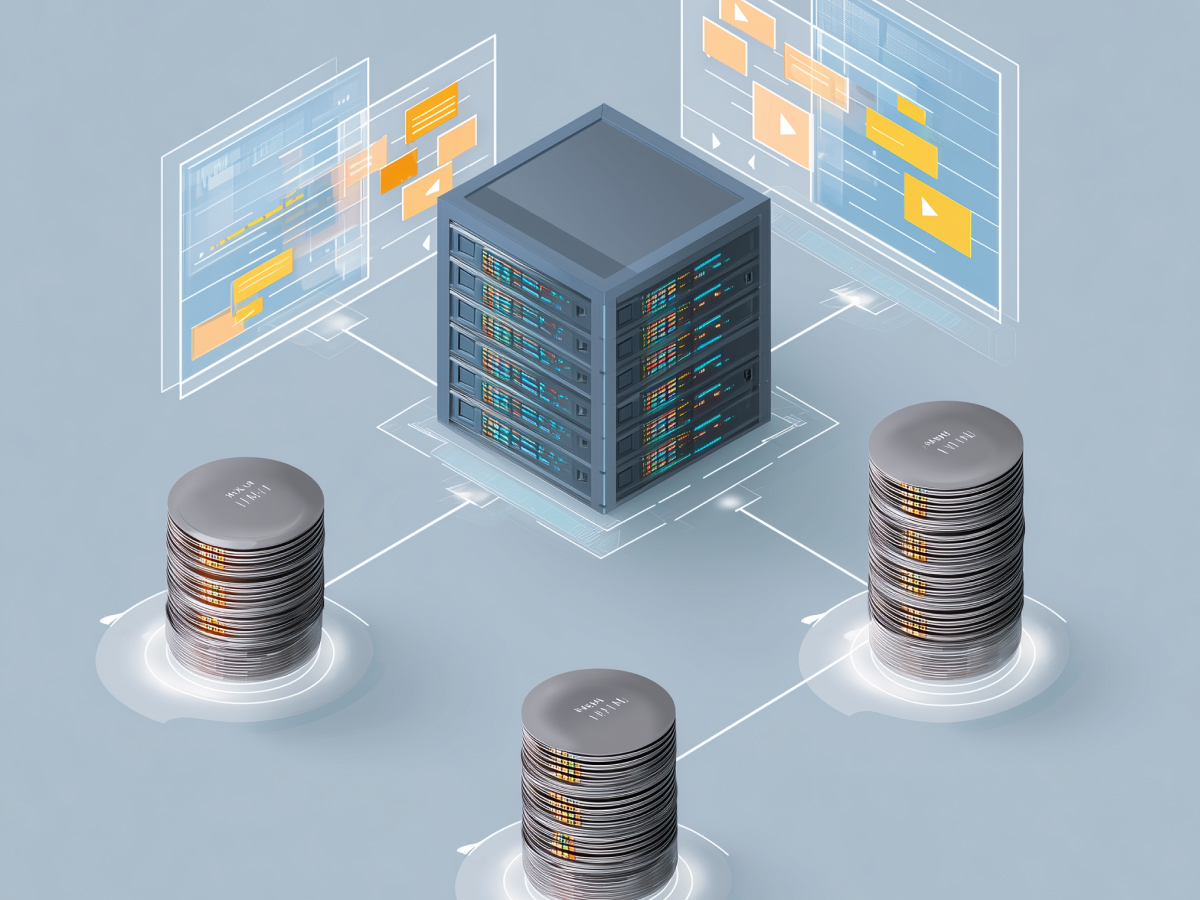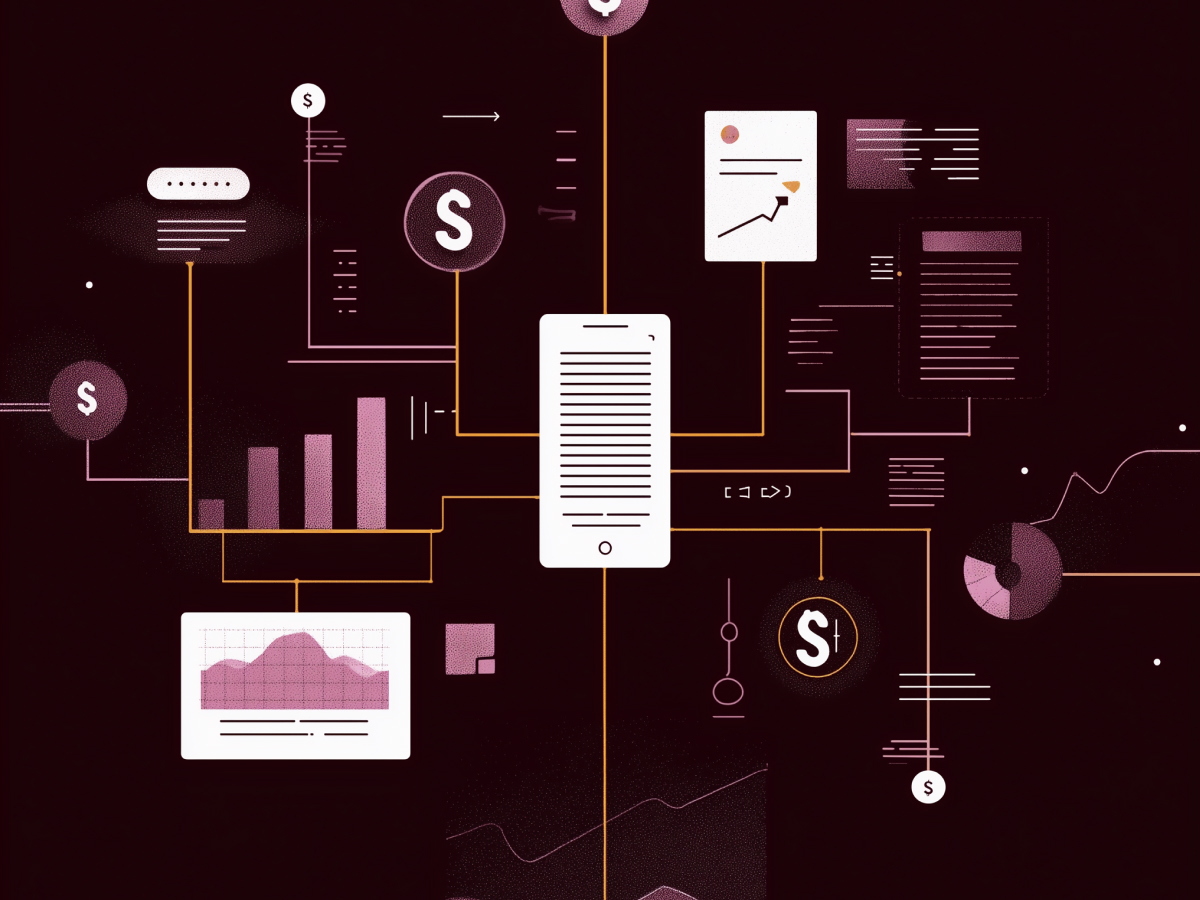AI is rapidly transforming software development
We’re now entering a moment in software development where AI isn’t just a tool, it’s becoming the developer. At Microsoft, AI currently writes about 30% of the company’s code. Meta expects AI to handle 50% of development within a year. These aren’t projections on a distant timeline; they’re active transitions happening right now. It’s no longer about edge cases or pilot programs, it’s the new standard.
Dario Amodei, CEO of Anthropic, recently said we’re probably three to six months away from a world where AI writes up to 90% of the code. Within twelve months, he believes AI could write nearly all of it. That might sound extreme to some, but if you’re tracking AI progress across platforms like GPT-4 Turbo, GitHub Copilot, and Amazon Q Developer, the direction is obvious. They’re building real products, and updating legacy software at scale.
The point for executives is simple: AI is moving faster than your current development cycles. If AI can generate a baseline version of your software three times faster, and you’re still pushing release timelines built around manual coding, you’re already underperforming.
The productivity implications are massive. Manual programming will still exist, for nuance, for oversight, but the days of large internal teams writing every line of code from scratch are receding. AI can handle the routinized work at scale. Your teams should be freed for design, architecture, and strategic differentiation.
This isn’t automation for the sake of cutting costs. It’s about multiplying output. Companies that understand this, really understand it, are going to outbuild their competitors.
“Vibe coding” is a dominant and intuitive method for code generation
Right now, developers are starting to guide AI models using ordinary language. They describe what they want, features, patterns, fixes, and the AI executes. This isn’t just faster. It’s a change in how we think about programming. You don’t need to memorize syntax, libraries, or even choose the programming language in some cases. If your instructions are clear, tools like GitHub Copilot, ChatGPT, and Amazon Q Developer do the rest.
This way of building is becoming known as vibe coding. It’s not a trend, it’s the next stage of developer experience. Gartner called it early. They expect 75% of developers will be using AI-powered prompt-based coding tools by 2028. In September 2023, that number was under 10%. That’s fast growth, faster than the move to cloud or mobile-native apps.
Whether it’s a developer coding alone or a cross-functional product team building something on the fly, vibe coding transforms the flow. Prompts are now the primary language of innovation. The AI interprets and executes.
For leadership teams, here’s what matters: this closes the gap between idea and implementation. Designers, strategists, and product leads can now contribute meaningfully to the build phase through precise language. It reduces translation layers. It accelerates iteration. And in early phases, when prototyping, A/B testing, or validating concepts fast is key, vibe coding shortens cycles dramatically.
The faster you reduce friction between creativity and deployment, the more you can ship. Startups have already realized this. Enterprises that want to move at that speed can’t ignore it.
This is no longer about whether developers “should” use AI. They already are. The only question left is whether your teams are trained to lead in this new interface.
GenAI is extending its influence across the software development life cycle
AI is no longer confined to generating bits of source code. It’s now embedded across the entire lifecycle of software, from writing test scripts to automating deployment and even managing legacy application updates. This isn’t theoretical. Companies are already executing projects that were unthinkable just two years ago.
Amazon, for example, used its Q Developer tool to update over 30,000 internal applications from an older version of Java to a newer one. That project, done with AI agents, saved an estimated 4,500 years of engineering time and $260 million in annualized efficiency. These figures aren’t marketing fluff. They demonstrate the operational leverage that’s available when you put AI in charge of the redundant, systemic work required across modern application stacks.
Gartner sees the trend accelerating. By 2026, the majority of enterprises will be using AI-augmented testing tools, a shift from just 15% doing so in early 2023. The market signal is clear: AI is being integrated into test automation, monitoring, and deployment pipelines at scale.
This changes how software delivery looks at an organizational level. Developers now interact with AI as a constant system partner, generating code, writing tests, spotting bugs, and suggesting deployment options in real time. Workflows that used to be locked into weeks of iteration can now resolve in minutes.
Leadership teams need to assess their current delivery models. If automation is only happening at the infrastructure level, you’re missing one of the biggest value opportunities in software today. GenAI tools can reduce timelines, lower error rates, and accelerate customer impact. But realizing that benefit requires more than purchasing licenses, it requires intentional integration into how dev teams operate daily.
Developer roles are evolving towards becoming AI-supervised architects
As AI simplifies code generation, the role of developers is fundamentally shifting. Writing the actual code isn’t the job anymore. The job now is to guide, refine, and validate what the AI generates. Developers are becoming system designers and AI supervisors. Their focus is moving toward architectural thinking, logic oversight, and product outcome alignment.
Armando Franco, Director of Technology Modernization at TEKsystems, explains that most available genAI tools can already generate 60% to 70% of an application’s code base, with certain functional layers, like infrastructure-as-code (IaC), hitting up to 80%. That number goes down with components like security, networking, and data layers, where oversight and complexity increase. This tells you the boundary: AI handles the scalable pattern work. Precision tasks still need guided expertise.
In this updated environment, prompt engineering is a critical capability. Teams must learn how to communicate efficiently with AI tools to produce accurate results, avoid errors, and extract the greatest value. Prompts aren’t casual, you need structure, context, and clarity. Executives need to make that a core part of their technology strategy: teach every engineer how to lead an AI model from idea to execution.
This perspective changes how you build staffing models. You don’t need more people. You need sharper people equipped with systems thinking and fluent in AI workflows. Smaller teams can now build, test, and ship higher-quality work faster, as long as they know how to manage the AI.
Every CIO and CTO should be tracking one thing closely: Are your development teams simply using AI, or are they leading it? That distinction will define whether your technology organization scales ahead or falls behind.
GenAI’s productivity gains come with risks
AI can write code quickly, but speed doesn’t guarantee trust. When genAI tools generate output, you need to know what’s under the surface, how it arrived at that solution and whether the answer is actually safe, usable, and legally clean. Executives can’t afford to view AI output as self-validating. It’s not.
Gartner has flagged key concerns in recent studies. Among them: model bias, unpredictable output quality, intellectual property issues, and the extra effort required to verify and refine generated code. These aren’t fringe cases, they’re the headliners. If genAI pulls in open-source code with unclear licensing, you own the liability. If it writes insecure logic, your business now owns the attack surface. These are risks that expand in direct proportion as automation scales.
Matt Brasier, Vice President Analyst at Gartner, made the point clearly: software engineers need to reassess core processes to ensure genAI tooling is implemented responsibly. That includes auditability, output verification, and version control, not just speed and automation.
The most effective use of genAI happens when humans stay in the loop. Srini Iragavarapu from AWS said it plainly: developers still need to understand what the code is doing and why. That doesn’t go away just because the AI wrote it.
This creates a strategic step for leadership. Deploying AI in development demands more than giving teams access, it demands building a governance framework around how these tools are used. That includes clear standards for output validation, usage policies, and continuous tracking of where AI contributes across your codebase. Without this structure, time saved can quickly become time lost through rework, compliance issues, or downstream vulnerabilities.
Enterprises are heavily investing in AI-driven development
The case for AI in software development isn’t hypothetical, it’s financial. According to MIT Technology Review Insights, 94% of business leaders are now leveraging genAI in development work, and 82% are using it across multiple stages of the software lifecycle. This adoption is not trending upward, it’s accelerating.
The business benefits are obvious: lower development costs, faster product delivery, leaner engineering teams, and better throughput. Industry forecasts suggest this wave of productivity could add over $1.5 trillion to global GDP. That’s not marginal impact. It’s measurable transformation.
Executives making capital allocation decisions should take note of the deployment scope. This is no longer an R&D project. GenAI is active in test generation, documentation, debugging, security scanning, and refactoring, across small startups and the largest tech enterprises. Organizations able to integrate genAI with discipline and clarity into their software pipeline are moving faster and building stronger products at scale.
Where most companies underperform today is not in tooling, it’s in alignment. Investing in genAI tooling is only part of the equation. The return comes when operational processes are restructured to absorb automation natively, when teams are skill-matched, and when implementation is tied to business outcomes.
This is a board-level issue. The companies that move confidently now are going to capture a new baseline for digital productivity. Those waiting for permission risk watching that opportunity go to their competitors. The path forward is execution, fast and focused.
Key takeaways for leaders
- AI is scaling code production fast: AI now generates up to 30% of code at Microsoft, with Meta projecting 50% automation within a year. Leaders should prioritize integrating AI into development workflows to double output and reduce cycle times.
- Vibe coding accelerates from idea to implementation: Natural language coding is redefining developer interaction with software tools. Executives should invest in prompt-based development capability to speed up product iteration and enable more inclusive collaboration across teams.
- AI is embedding across the entire SDLC: From writing tests to automating deployments, genAI tools are streamlining end-to-end software delivery. Decision-makers should align technical strategy to adopt AI agents across the stack for scalable efficiency gains.
- Developer roles are shifting to AI orchestration: With AI handling repeatable code, engineers now design systems and manage AI outputs. Technology leaders should upskill teams in prompt engineering and system architecture to remain competitive at scale.
- Risk grows with scale, governance is essential: GenAI introduces legal, security, and quality risks without structured oversight. Executives must establish governance policies and validation workflows to maintain control while scaling AI-based development.
- AI adoption is already driving massive ROI: 94% of business leaders use genAI in software development and forecasts show over $1.5 trillion in potential global GDP gains. Leaders should act now to restructure development teams and optimize for AI-assisted output.





